Historian Lisa Paton’s heritage pitch: ‘every creek, river is an Indigenous site’
Lisa Paton who helped convince Tanya Plibersek that Regis’s $1bn goldmine at Blayney would destroy Indigenous heritage had earlier tried to register every river, creek, lake and swamp in the shire as an Aboriginal site.
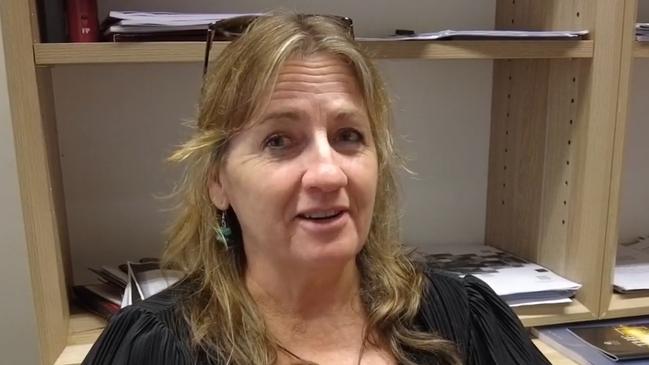
You can now listen to The Australian's articles. Give us your feedback.
The historian who helped convince Tanya Plibersek that Regis’s $1bn goldmine at Blayney would destroy Indigenous heritage had earlier tried to register every river, creek, lake and swamp in the shire as an Aboriginal site.
Ms Plibersek used Aboriginal heritage laws to make a rare, last-minute intervention in the McPhillamys Project in central west NSW last month, blocking the proposed tailings dam at the headwaters of the Belubula River at the urging of a small dissident group called the Wiradyuri Traditional Owners Central West Aboriginal Corporation.
The Australian can reveal that one of the corporation’s directors, Lisa Paton, credited with spearheading the campaign that upended the mine proposal, tried in 2021 to have the NSW Office of Environment & Heritage register all waterways in and around Blayney as Aboriginal sites. By then, Regis was five years into formal consultations with 13 local Indigenous groups and individuals – including Ms Paton’s group – about its mine proposal. Ms Paton’s application – termed a “card” in departmental parlance – stated: “This card (application) is over ALL NATURAL waterways in the Blayney Shire Council Region including all waterways that no longer flow, 100 metres either side of waterways, Rivers, Creeks, swamps and lakes.”
To support her application that every waterway in the Blayney shire is an Aboriginal site, Ms Paton refers to ceremony, dreaming, resource gathering and frontier wars. “All waterways in the nominated area are known to have deep spiritual significance,” Ms Paton’s application states. “Connection to the river for Wiradjuri people was related to their kin groups and each person has responsibility towards care and protection of a section of the river and waterways that related to their family ties.”
The application also states: “Waterways in Wiradjuri country were used for sustenance, kin-based groups lived on a creek or river catchment. They hunted for fish and maintained the trees and landscape, gathered honey and fruit, and other resources in the riparian zones had good soil, and attracted wildlife for hunting.”
The application was unsuccessful.
In parliament on Monday, Ms Plibersek defended her goldmine ruling during question time by again pointing out that her Coalition predecessor Sussan Ley blocked a go-kart track near Bathurst after listening to the same traditional owner corporation. Ms Plibersek tabled a photograph of Ms Ley with that group, saying she had blocked the tailings dam for the same reasons that Ms Ley blocked the go-kart track.
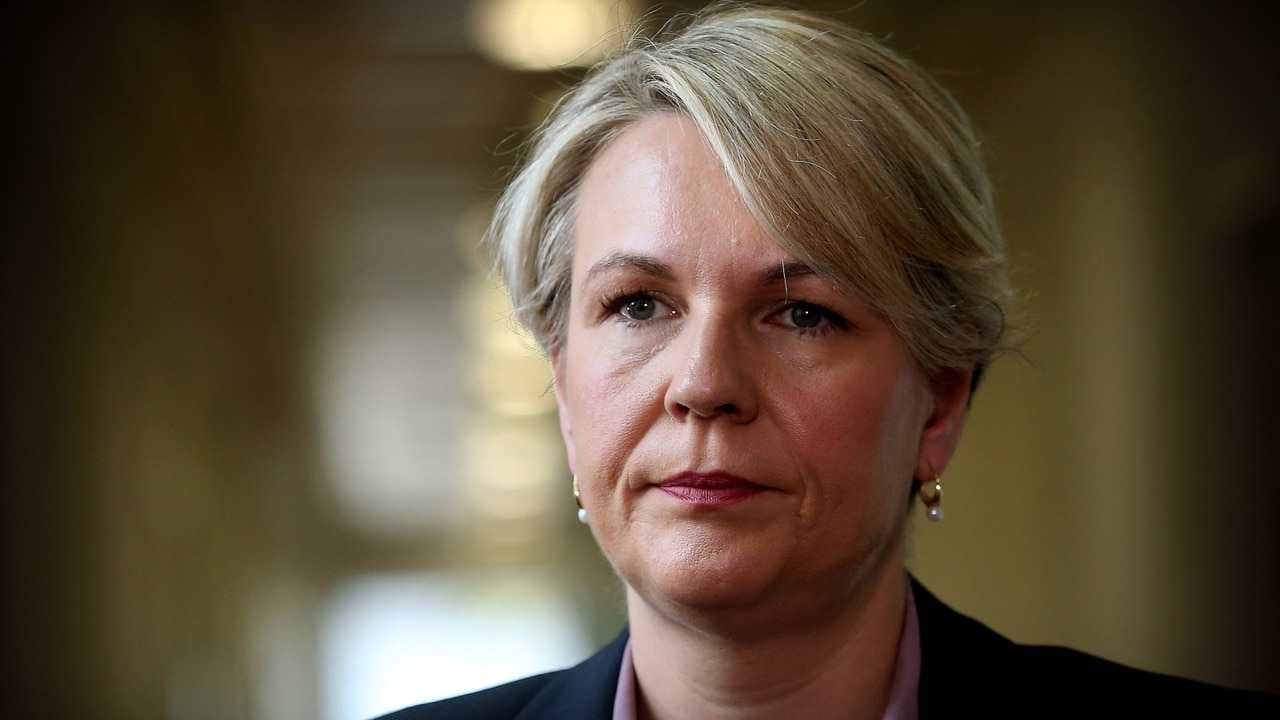
“I have made the decision for the same reasons as the former minister made and the decision acknowledges the cultural significance that this area has for local Wiradjuri people in contributing to local Aboriginal narratives, songlines, ceremonies and cultural heritage,” she said. “It’s the same reason.”
Ms Plibersek also expressed doubt about Nationals leader David Littleproud’s assertion that Regis’ goldmine project was now in jeopardy. “It is interesting that he’s suggested that the company doesn’t believe the project is viable because the chairman has just bought 15,000 extra shares,” Ms Plibersek said in parliament.
Regis says it will take five to 10 years to find another site for the tailings dam. It has rejected Ms Plibersek’s suggestion there are four other possible sites. In a letter to federal MPs on September 4, Regis managing director Jim Beyer said three of those options were impossible because they overlapped the area that Ms Plibersek had declared off limits. The fourth site, outside the approved project area, had been assessed as the worst of all options before any consideration of costs. This was because of its impact on the environment and its impact on the community.
Ms Plibersek’s ruling under section 10 of the Aboriginal and Torres Strait Islander Heritage Protection Act goes against the recommendation of the government’s own consultant on the matter, Ruth Elvin. It also goes against the advice of the Orange Local Aboriginal Land Council which oversaw cultural audits of the proposed tailings dam site and reached a neutral position on the mine. The land council, the representative Aboriginal body for the area under NSW law, believes Ms Plibersek has been taken in by baseless claims of a rival group.
Ms Paton, who once worked for the Orange land council, has publicly said the area where the tailings dam would have gone “is significant to my personal journey in discovering my Aboriginal heritage”.
While her attempt to register every waterway in the area as an Aboriginal site failed, Ms Paton did successfully register an Aboriginal burial ground on the western edge of the proposed mine in 2020. She did this citing a short article in the Macquarie Advocate from 1912 about a farmer who found a partial skeleton while putting in a fence post. A local police officer deemed the remains Aboriginal “because of the thickness of the skull”. The newspaper article said the remains had likely been there since before white settlement because the oldest hands could not recall burials there.
Ms Plibersek’s explanatory statement on her goldmine decision accepts the registered burial site – called the Dungeon Burial Site because it is near Dungeon Road – must be protected.
“The applicant’s claim is on the basis of evidence documenting the discovery of skeletal human remains at the Dungeon Property which were identified at the time to be those of an Aboriginal person. Owing to their state, the applicant claims that the burial predates contact, and in light of its proximity to a nearby ochre site, the burial is likely to have been conducted in accordance with Aboriginal tradition,” Ms Plibersek’s tabled statement says.
“The minister … considers there is sufficient evidence to conclude that the Dungeon Burial site is of particular significance to Aboriginal people.”
In a letter to Ms Plibersek last week, the Orange land council’s adviser, Roy Ah-See, claimed elders and their knowledge about the site had been ignored in favour of claims that had no authenticity.
While Ms Plibersek’s explanatory statement about her goldmine decision cites the Blue Banded Bee Dreaming as a tradition or belief of particular significance to the Wiradjuri people, Mr Ah-See says Orange land council provided evidence from elders “that these song lines had never previously existed”.


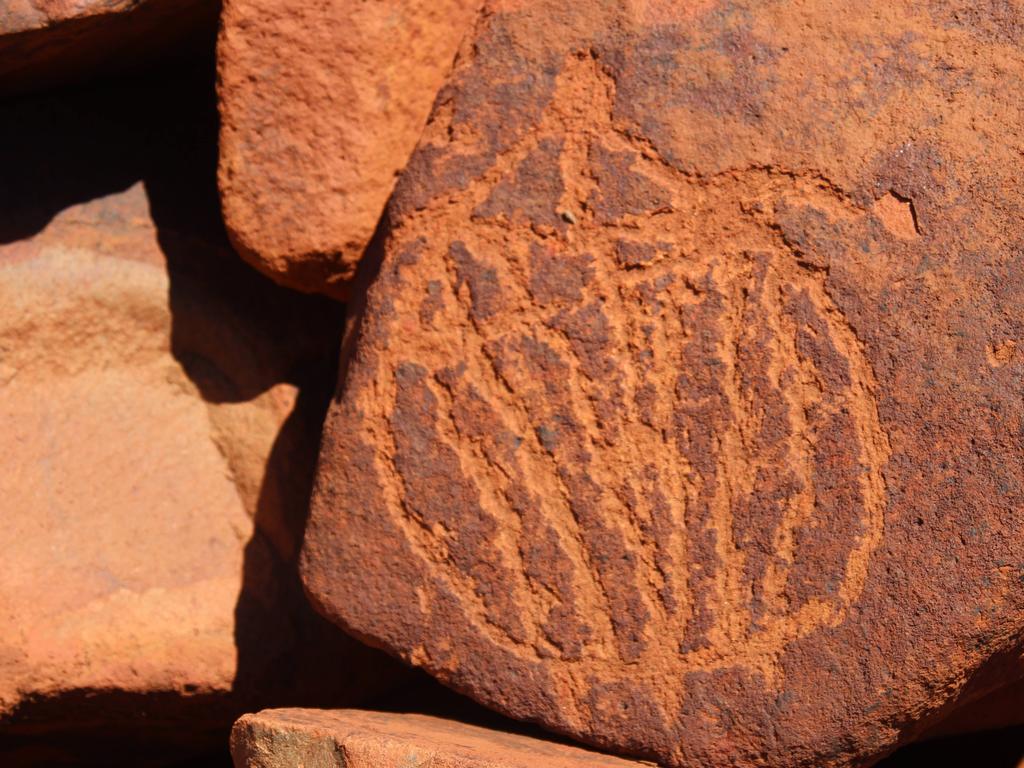
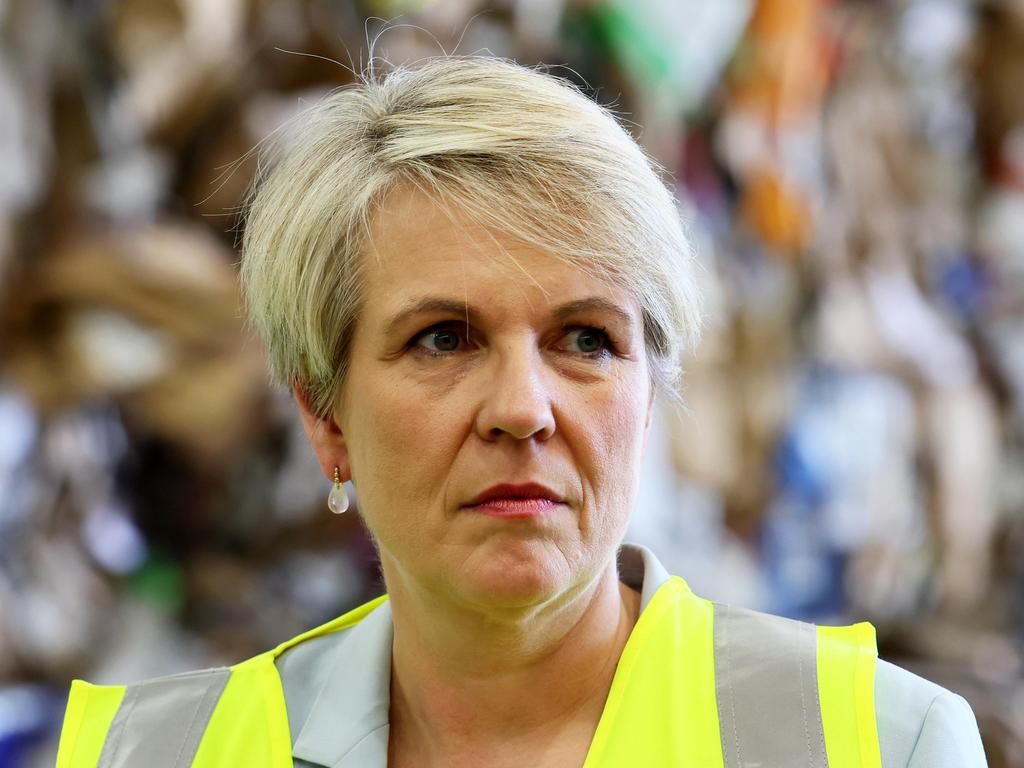
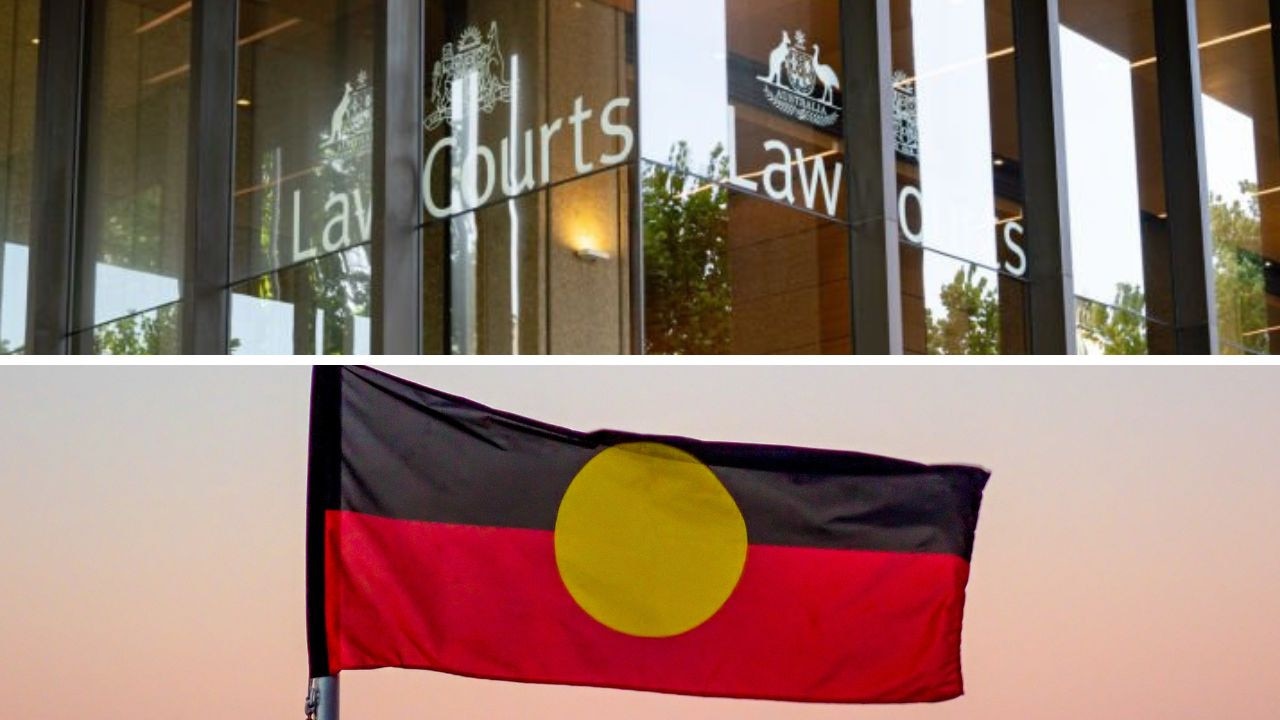
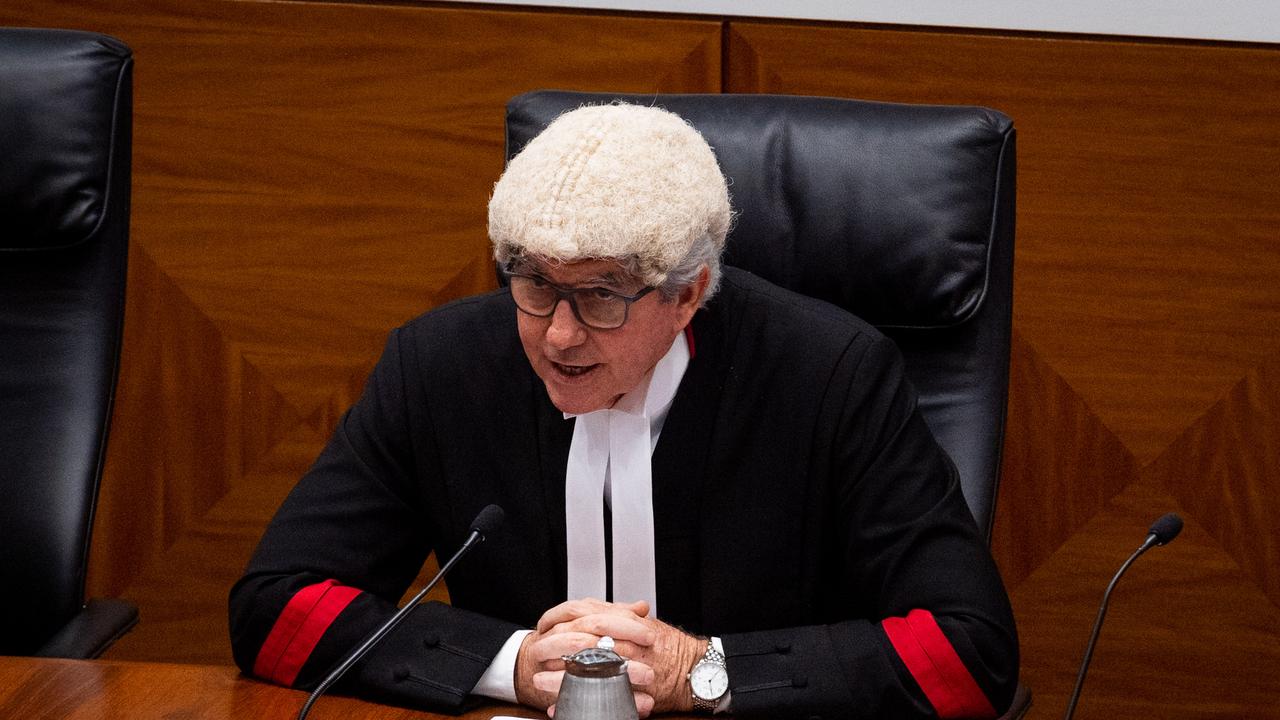
To join the conversation, please log in. Don't have an account? Register
Join the conversation, you are commenting as Logout